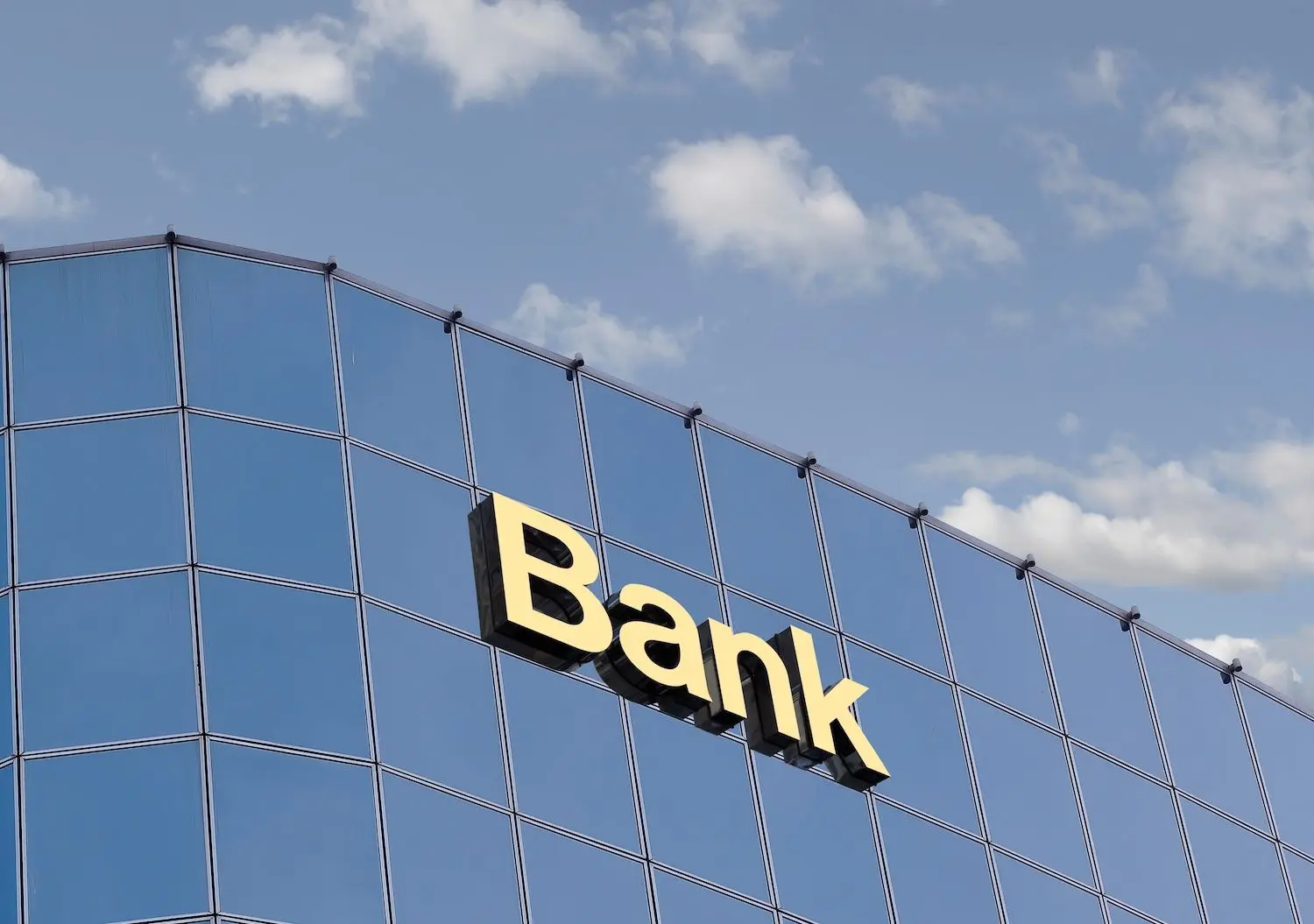A cryptocurrency analyst has ignited debate by asserting that Chainlink, not XRP, deserves recognition as the premier banking-focused digital asset. The claim comes despite XRP maintaining a market capitalization roughly 10 times larger than its competitor.
What to Know:
- Chainlink trades at $24 with $16 billion market cap while XRP commands $178 billion at $3 per token
- Analyst cites Chainlink's partnerships with SWIFT, Mastercard, and central banks as evidence of stronger banking integration
- Price targets suggest Chainlink could reach $250, potentially closing the valuation gap with XRP
Quinten, a prominent analyst at Coin Compass, sparked the discussion through social media commentary on Wednesday. He acknowledged XRP's substantial market advantage while maintaining that Chainlink possesses superior institutional capabilities. The analyst suggested this gap could narrow if Chainlink secures additional corporate partnerships.
"XRP is 10 times bigger than LINK. Meanwhile Chainlink is the real banking coin," Quinten wrote, setting a base case price target of $250 for Link tokens.
Current market data shows the stark difference between the two cryptocurrencies. XRP trades around $3 with a total market value exceeding $178 billion. Chainlink sits at approximately $24 per token with a market capitalization surpassing $16 billion.
Institutional Connections Drive Banking Claims
The argument for Chainlink's banking superiority rests primarily on documented institutional relationships. Reports indicate the project maintains active connections with several major financial institutions, including partnerships with SWIFT, the global financial messaging system used by banks worldwide.
Additional partnerships include collaborations with Mastercard, the Depository Trust & Clearing Corporation, and various central banking institutions.
Supporters argue these relationships position Chainlink to provide essential services beyond simple payment processing.
The network offers data feeds, price information, and settlement verification services that traditional financial institutions require for blockchain integration. These capabilities extend beyond the cross-border payment focus that has defined XRP's value proposition.
XRP has built its reputation around facilitating international money transfers for large financial institutions. Ripple's technology aims to reduce costs and accelerate settlement times for banks moving funds across borders. Some advocates believe XRP could eventually challenge established systems like SWIFT as traditional firms embrace blockchain settlement methods.
Market Predictions and Price Targets
The bold price predictions have drawn attention from crypto market watchers. Quinten's $250 target for Chainlink would represent a significant increase from current levels, potentially bringing the project's valuation closer to XRP's market position.
Other market analysts have issued similarly aggressive forecasts. Rekt Fencer projected Chainlink could trade between $250 and $400 by the fourth quarter of 2025. The same analyst predicted XRP might reach $8.50 to $9 during the same timeframe.
These projections assume successful adoption and partnership expansion that remains unconfirmed. The cryptocurrency market's volatility makes such long-term predictions inherently speculative.
Current technical indicators suggest mixed signals for both projects. Chainlink shows signs of steady performance with forecasts pointing to potential 7.53% gains that could lift the token to $26.12 by September 28, according to Coincodex data.
Understanding Cryptocurrency Market Dynamics
The debate highlights fundamental questions about how digital assets derive value from institutional adoption. Market capitalization reflects investor sentiment and trading activity, but may not directly correlate with real-world utility or partnership quality.
Chainlink operates as a decentralized oracle network, providing external data to blockchain applications. This infrastructure role differs from XRP's focus on facilitating direct value transfers between financial institutions.
The distinction matters for banks evaluating blockchain integration strategies. Institutions may require both payment solutions and data infrastructure services, potentially creating room for multiple cryptocurrency projects to serve different banking needs.
Volatility measurements show Chainlink trading with 16.19% price swings over recent periods. The Fear & Greed Index currently sits at a neutral 50, indicating balanced market sentiment rather than extreme optimism or pessimism.
Community Response and Market Reality
Online cryptocurrency communities have responded with mixed reactions to the banking coin comparison. Some users dismissed the analyst's claims as attention-seeking behavior designed to promote Chainlink over the larger XRP ecosystem.
Others adopted more measured perspectives, suggesting both cryptocurrencies could find distinct roles within the evolving financial technology landscape.
The debate underscores ongoing uncertainty about which blockchain projects will ultimately gain widespread institutional adoption.
Chainlink has recorded 16 positive trading days out of the past 30, demonstrating relatively consistent performance despite overall market volatility. However, sustained institutional adoption remains the key factor that will determine long-term success for both projects.
Closing Thoughts
The banking cryptocurrency debate reflects broader questions about institutional blockchain adoption and market valuation methods. While XRP maintains a significant market advantage, Chainlink's institutional partnerships present a compelling case for its banking utility, though both projects face uncertain paths toward widespread financial sector integration.

